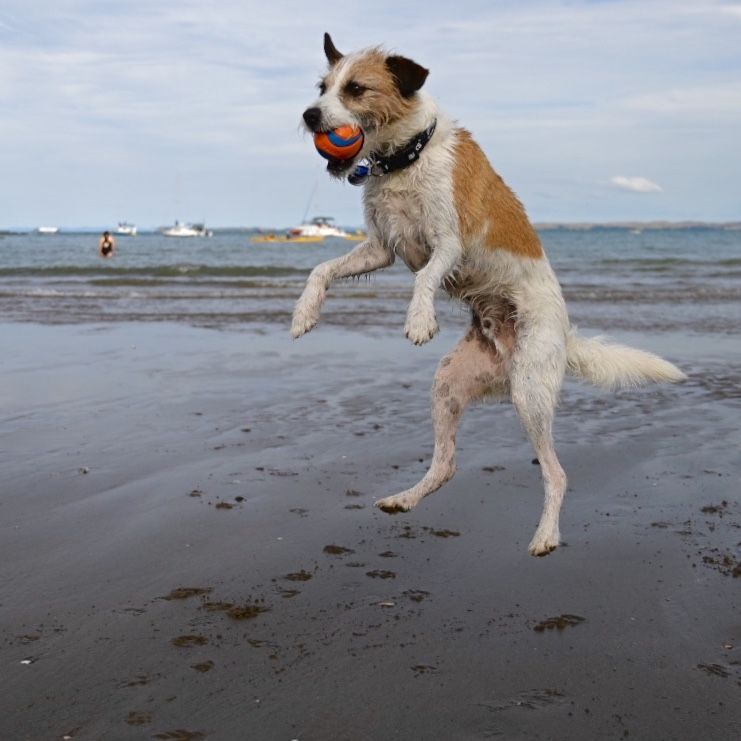What is the cause?
Unlike the fairly flat human knee, the dog knee has a steep internal slope which makes the cruciate ligament vital for its stability. The steep angle and associated forces means that when this ligament starts tearing it usually continues to a full rupture over time.
In the majority of dogs there is an underlying degenerative process that results in the ligament weakening with age. For this reason when a pet tears one ligament the opposite leg is often affected soon after. Most cases are seen around five to seven years when the ligaments are weakening but the dog is still very active.
Dogs of all sizes are affected but the arthritic damage from knee instability occurs faster and more severely in larger breeds.
Delaying desexing in larger breeds until a year of age may reduce future risk of this condition.
